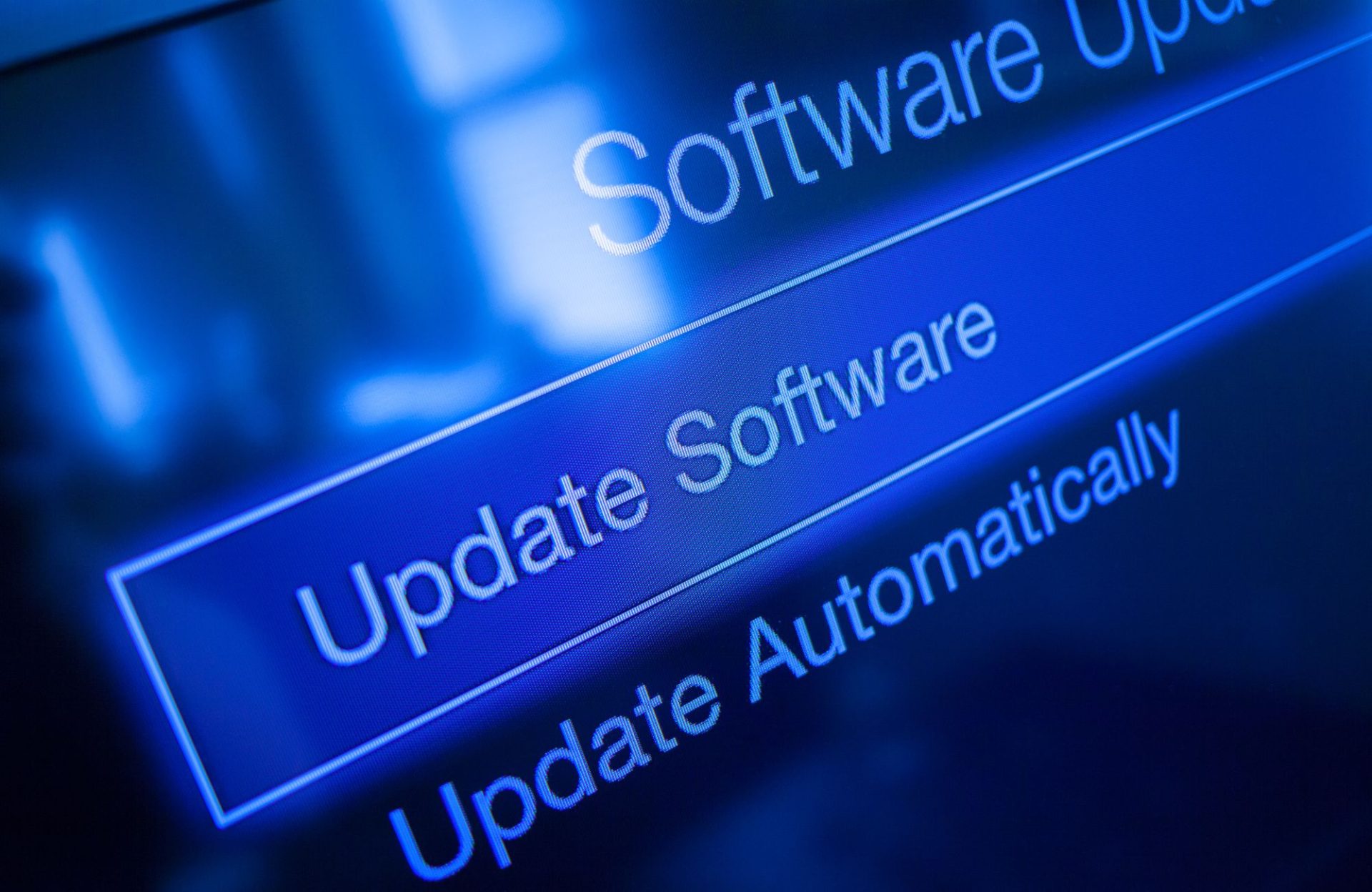The pace at which technology and innovation have impacted commercial facilities over the past several years is unprecedented. As building technology has advanced and expectations about building function and performance have changed, our conversations around buildings have also evolved. These conversations now include creating engaging occupant experiences to enable productive workspaces. As building occupants have come to expect more from their workplaces, there has been a general reset of workplace expectations.
In fact, as we’ve moved into the modern era of building management and operation, we have reached a tipping point in the evolution of the workplace: Building owners and operators are now more interested in improving the occupant experience than ever before because they realize the building environment plays an enormous role in creating work experiences that attract and retain talent. Optimized building operations facilitate productive and satisfied employees, and engaged workers means successful occupants. In addition, today’s workers expect more from their workplaces. Providing the best experiences for occupants is a top priority for property owners and building managers. Occupant-centered designs and meeting new standards that impact people’s health, well-being, and productivity increase a building’s value proposition.
Today’s work environments are radically different from workspaces of the past. These days, facility operators and managers must respond to facility requirements, functionality, and the occupant experience. Technology is facilitating major upgrades and enabling owners and operators to understand and interpret the implications of this balance among operational domains. It is empowering them to adopt strategies and embrace solutions that make buildings more pleasant and productive workspaces as well as support efforts to operate their buildings more efficiently and cost effectively. The ultimate outcome for today’s workplace is to deliver a compelling space that enables occupants to be productive and do great work in a great place.
Rich occupant experiences have direct effects on business outcomes. For example:
- Offices that are too hot or too cold reduce worker performance by 10 percent.
- Individuals’ levels of cortisol, a stress hormone, decrease significantly after 20 minutes in a more natural setting.
- Seeing the color green for just a few seconds boosts creativity levels.
- Background noise in offices can lead to performance drops of 66 percent.
- Cognitive functioning doubles when workers are in well-ventilated offices.
Furthermore, a study by PricewaterhouseCoopers found that for every $1 spent on occupant experience initiatives, an organization can expect to receive $10 in value back. The Gallup Organization suggests businesses with highly satisfied, engaged employees are rewarded with 37 percent lower absenteeism, 21 percent higher productivity, and 10 percent higher customer satisfaction.
Establishing great occupant experiences begins with truly understanding the needs of the business and a workspace’s occupants and then finding ways to support diverse workstyles. Creating a solid, repeatable occupant experience starts with a strategy that includes goals, milestones, technology, and measuring occupant satisfaction regularly. In addition, initiatives need to address issues such as comfort, connectivity, mobility, flexibility, personalization, choice, amenities, noise levels, aesthetics, lighting, parking, and air quality.
The workplace of today continues to evolve to deliver a unique occupant experience. This experience is about creating great relationships between people and their workplaces. An improved workplace experience is key to increasing companies’ performance and leads ultimately to better employee engagement, reduced absenteeism, more happiness, and higher productivity. Businesses that provide good occupant experiences are rewarded with employee loyalty, improved business performance, and increased profits.
How Can Albireo Energy Help You?
At Albireo Energy, our goal is to reduce the complexity and increase the understanding of the occupant experience. With a deep understanding of the occupant experience, combined with our portfolio of capabilities, services, and deployments, which encompass millions of square feet of the commercial building world, including data centers, labs, commercial high-rise properties, institutes of higher education, schools, federal buildings, military installations, and healthcare institutions, we have created environments where space is used efficiently and occupants can be productive, collaborative, and engaged.






